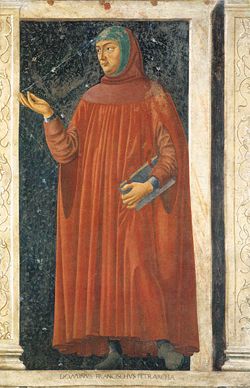Difference between revisions of "Info: Main Page" - New World Encyclopedia
From New World Encyclopedia
Svemir Brkic (talk | contribs) m (Test a different ad) |
Svemir Brkic (talk | contribs) m (Update add title) |
||
| (One intermediate revision by the same user not shown) | |||
| Line 22: | Line 22: | ||
</div> | </div> | ||
<div class="card" style="margin-top:10px"> | <div class="card" style="margin-top:10px"> | ||
| − | <div class="card-header"> | + | <div class="card-header">Advertisement</div> |
| − | <div class="card-body" style="padding:0.9rem 0 0 0.9rem"><impact> | + | <div class="card-body" style="padding:0.9rem 0 0 0.9rem"><impact>freestar</impact></div> |
</div> | </div> | ||
<div class="card" style="margin-top:10px"> | <div class="card" style="margin-top:10px"> | ||
Latest revision as of 14:40, 8 December 2023
New World Encyclopedia integrates facts with values. Written by certified experts.
Featured Article: Syllable
A syllable is a unit of organization for a sequence of speech sounds typically made up of a syllable nucleus (most often a vowel) with optional initial and final margins (typically, consonants). They can influence the rhythm of a language, its prosody, its poetic meter, and its stress patterns. Speech can usually be divided up into a whole number of syllables: for example, the word ignite is made of two syllables: ig and nite.
Popular Article: Dark Ages

Petrarch, who conceived the idea of a European "Dark Age."
Did you know?
Omar Khayyam is famous not only for his scientific work but also his poetry, having written one thousand four-line verses (source: Omar Khayyam)
Advertisement
